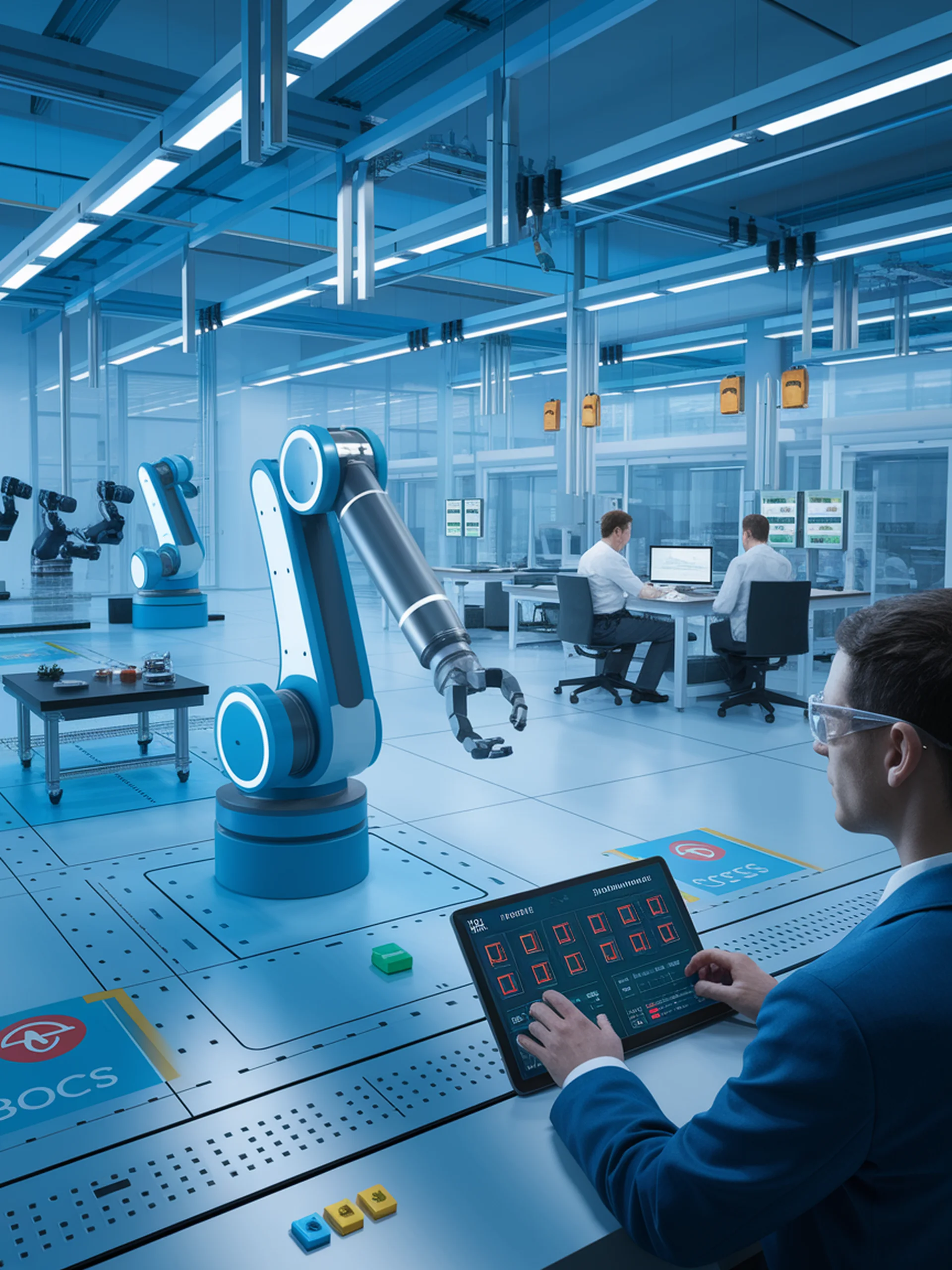
Safety, Standardization and Integration
Building Trust in Autonomous Physical Systems
Safety-Critical Design
- Mathematically provable safety constraints embedded in control systems
- Fail-safe mechanisms ensuring graceful degradation rather than catastrophic failure
- Tiered autonomy adjusting independence based on risk assessment
- Continuous self-monitoring detecting anomalies before they become hazards
Technical Standards Development
- ROS (Robot Operating System) providing common framework for development
- Open interfaces allowing interoperability between hardware and software
- AI safety certification processes similar to aviation software standards
- Testing protocols for autonomous system verification
AI Agent Integration Architecture
- Perception layer converting sensor data to environmental understanding
- Reasoning layer for decision making and planning
- Control layer translating decisions to physical actions
- Communication layer for interaction with humans and other systems
Democratization Through Platforms
- Off-the-shelf AI agents adaptable to different robot platforms
- No-code/low-code robotics enabling non-specialists to program behaviors
- Cloud robotics leveraging shared knowledge across deployed systems
- Robot app stores for specialized capabilities and behaviors
Regulatory Considerations
- Rigorous certification requirements for autonomous systems
- Liability frameworks addressing responsibility for autonomous actions
- Data privacy for information collected by robots in sensitive environments
- Ethical guidelines for robot behavior in human spaces
"Creating safe, reliable autonomous physical systems requires more than just capable AI—it demands rigorous safety engineering, clear standards, thoughtful regulation, and transparent communication about capabilities and limitations. The robots of 2030 will earn trust through demonstrable safety, not just intelligence."